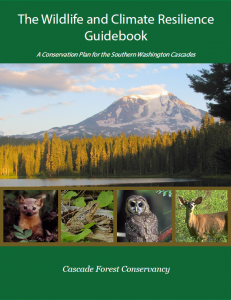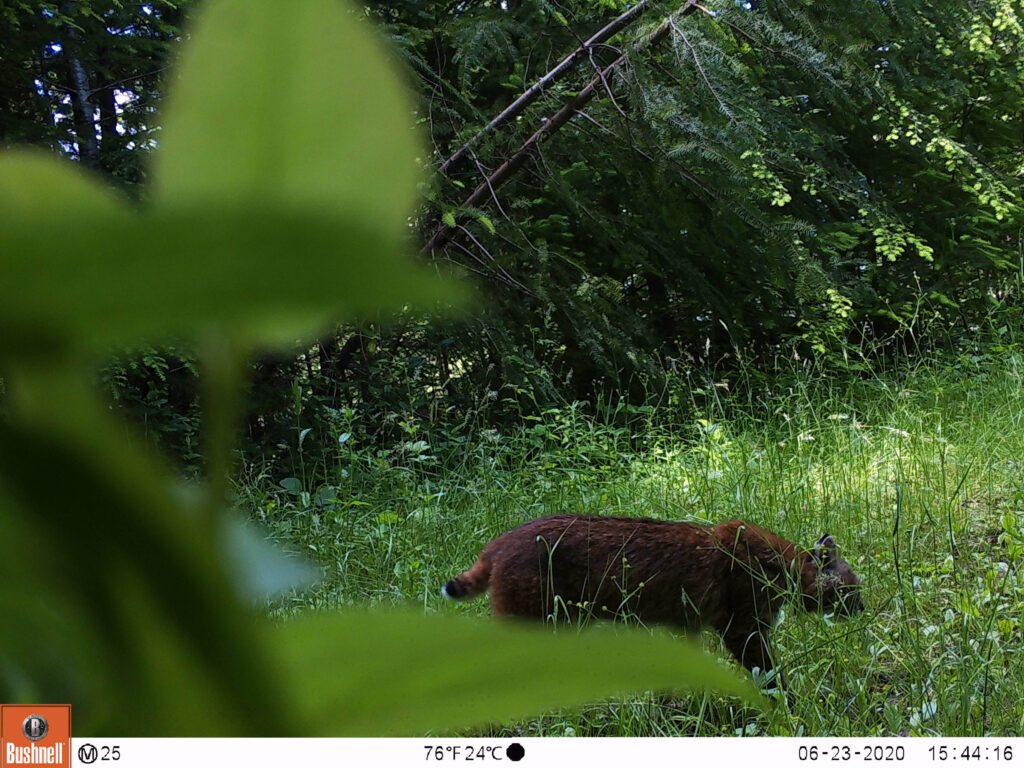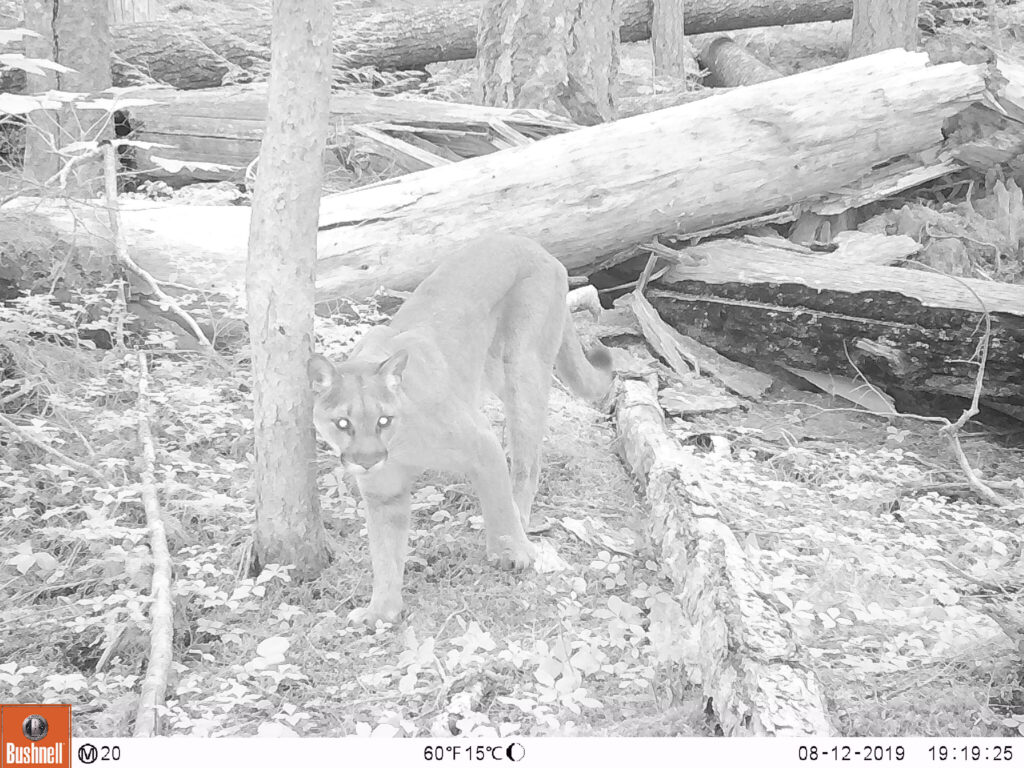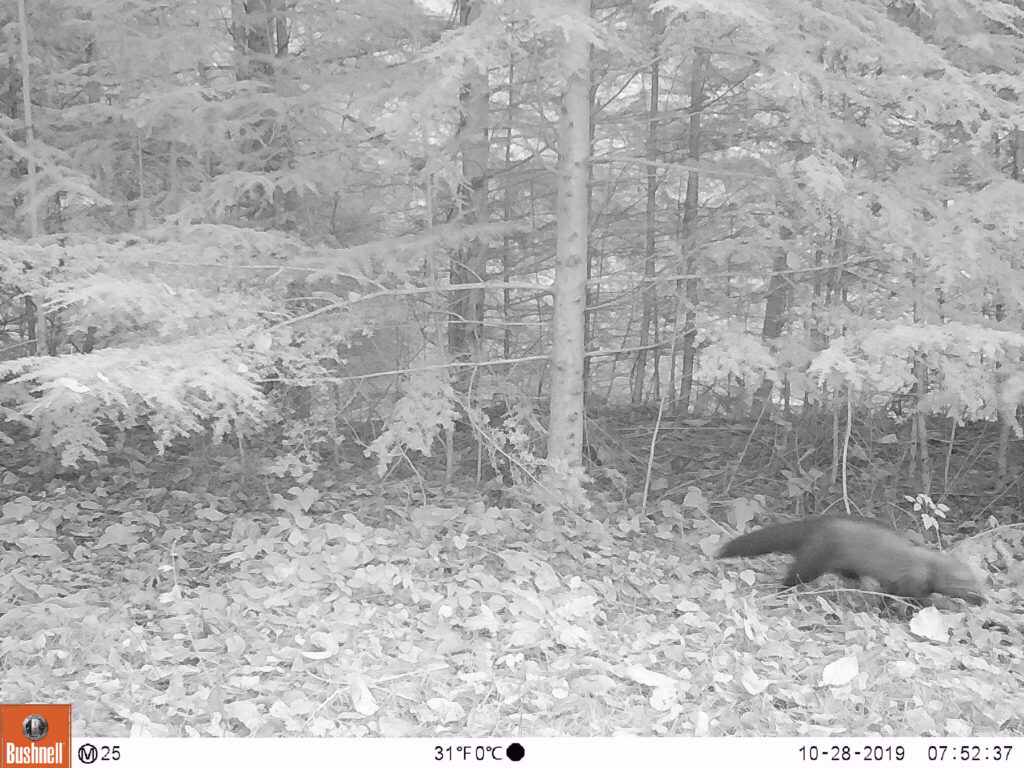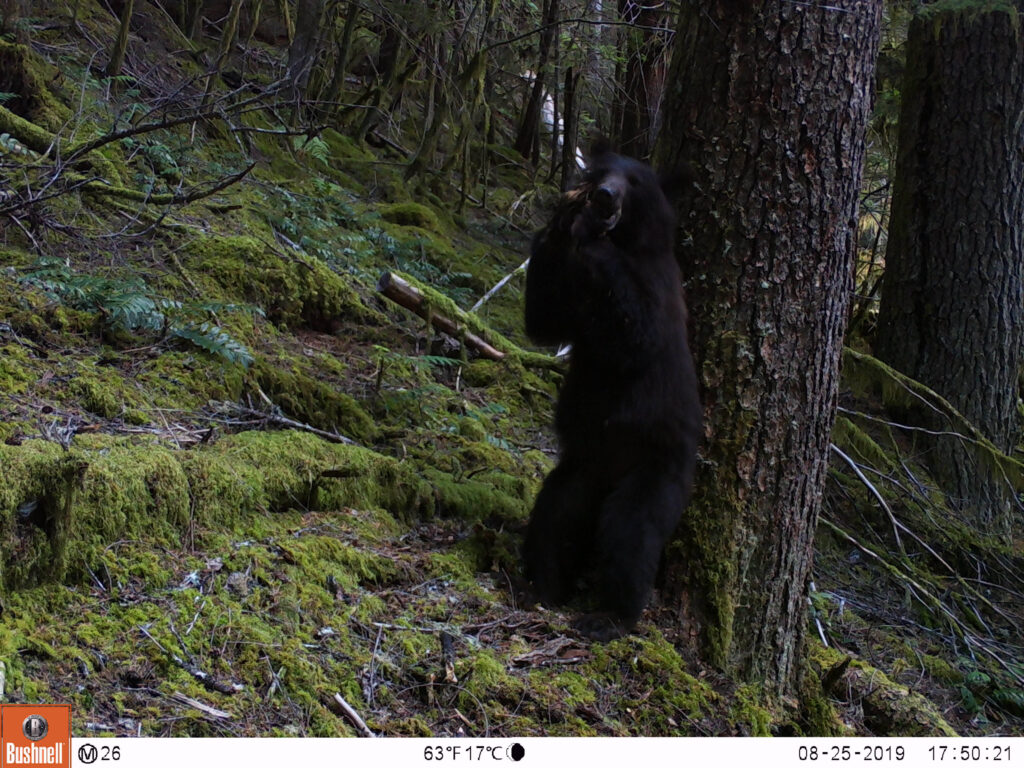Earlier this month, the U.S. Forest Service released scoping plans for the upcoming Little White Salmon timber sale. The project, which is officially called the Little White Salmon Forest Resiliency and Fire Risk Mitigation Project, is still in the early planning stages. The agency is seeking public input, which is due May 8, 2023. Public input, as well as further agency review, will be used to refine the plan before a more detailed Environmental Assessment is published for further public input in the future. Cascade Forest Conservancy (CFC) has been discussing the details of this project with the Forest Service for several years as part of our work within the South Gifford Pinchot Collaborative and will be submitting our own comments to the proposal. We ask that you take a moment to join us in speaking up for mature forests in the Little White Salmon Watershed.
BACKGROUND:
The Little White Salmon watershed extends northward from the Columbia River toward high elevation meadows in the Indian Heaven Wilderness, the majority of which (79%) are located within the Mt. Adams Ranger District of the Gifford Pinchot National Forest. This area is an important transition zone between drier eastside forests and moist westside forests containing a high level of biodiversity and many high-value habitat areas. Its transitional characteristics also make it uniquely vulnerable to climate change disturbances.
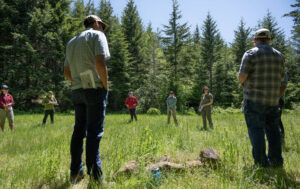
The project described in the scoping notice proposes active management (including commercial and non-commercial thinning, fuel reduction activities, road decommissioning, and aquatic habitat restoration actions) on 15,600 acres. This includes thinning activities in 7,100 acres of middle and mature forests, 2,000 acres of which are described as complex stands.
CFC has concerns about the intensity of thinning activities proposed in mature forest stands and several other issues, which we outline below.
HIGH-INTENSITY THINNING IN MATURE FORESTS:
CFC is concerned that the treatments described in the scoping plans in mature forest stands are unnecessarily aggressive. The agency is proposing logging activities in over 3,000 acres of forests where trees are over 120 years old that would reduce total canopy cover to 40% or 45-55%. These mature forests are on the cusp of becoming much-needed old-growth habitat.
The intensity of the proposed logging activities in these stands will not confer fire-risk mitigation benefits (especially in the wetter west-side stands) that outweigh the negative impacts of the proposed activities to the health of the intact ecosystem, carbon sequestration capacity, and the development of old-growth forest stands. CFC is asking the Forest Service to employ less intense thinning activities for the older stands included in their plans.
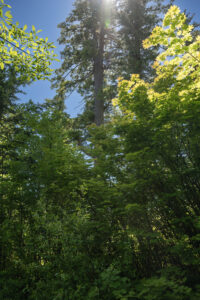
We are also asking the Forest Service not to cut any old-growth in the 32 units included in the plan where these important and rare habitat areas are present. Although we acknowledge that the scoping brochure mentions “no old-growth forests are proposed for treatment,” we are formally commenting in support of that promise to ensure that all old-growth stands are dropped from treatment plans and allowed a no-cut buffer.
THINNING IN NORTHERN SPOTTED OWL HABITAT:
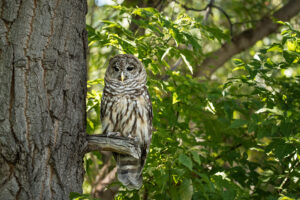
The proposed harvest overlaps with several northern spotted owl circles (areas around locations where northern spotted owls have been observed nesting in the past), and many of those units are proposed for thinning the canopy to 40% cover. Northern spotted owl numbers are already drastically dwindling due to the lack of available preferred habitat and competition from barred owls.
Thinning the canopy down to 40% is a heavy disturbance that will likely lead to decreased reproduction and/or site abandonment, impacting the recovery of this highly threatened species. There have been suggestions that northern spotted owls may not inhabit some of these areas any longer, and this has been used as a justification to underplay the importance of owl circles. However, critical habitat for NSOs, updated in 2021, still includes most of the project area as critical habitat. In the absence of new monitoring data, the Forest Service should continue protecting known historic nest sites.
RIPARIAN FOREST MANAGEMENT:
Many of the proposed units appear to be within Riparian Reserves. These stream-adjacent forests and aquatic habitats are migration corridors and serve as important refugia where habitat resilience is frequently best improved or maintained by leaving these areas to grow unencumbered and intact. CFC believes commercial thinning is not appropriate within Riparian Reserves and is likely not compliant with current forest management policies. CFC is asking that any management within Riparian Reserves be non-commercial in nature and tailored to the aquatic habitat needs of the specific sites.
LOST CREEK AREA:
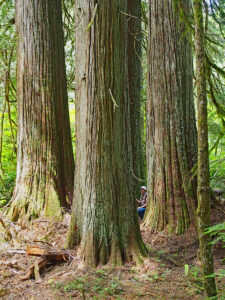
The Lost Creek area on the southwestern edge of the watershed is special to CFC and many others. It includes ancient cedar trees that are some of the largest in the Forest. Due to the special nature of this place, we have questions and concerns about the intensity of the proposed treatments in this area and request special attention and consideration be paid to ensure the features that make this site unique are protected. We are concerned that logging near this area will result in more open canopies, higher understory temperatures, less moisture retention, and therefore higher fire risk for the old-growth stands in the area. We request that any treatments in this area focus on the protection of this unique and important ecosystem and that the impact of logging on increased fire risk and forest resilience in this type of forest be sufficiently considered.
HOW TO GET INVOLVED:
Public input from concerned citizens like you can have a positive impact on the end result of projects like the Little White Salmon timber sale. Please use the talking points above as an outline to write and submit your own comments to the Little White Salmon scoping plans by May 8th, 2023.
Comments may be mailed to Jessica Hudec, Mt. Adams Ranger Station, 2455 Hwy 141, Trout Lake, WA 98650.
Electronic comments may be emailed to jessica.hudec@usda.gov. Please submit comments within the e-mail message or as an attachment in .pdf, .doc, or .rtf format and specify in the subject that it pertains to the Little White Salmon Forest Resiliency and Fire Risk Mitigation Project.


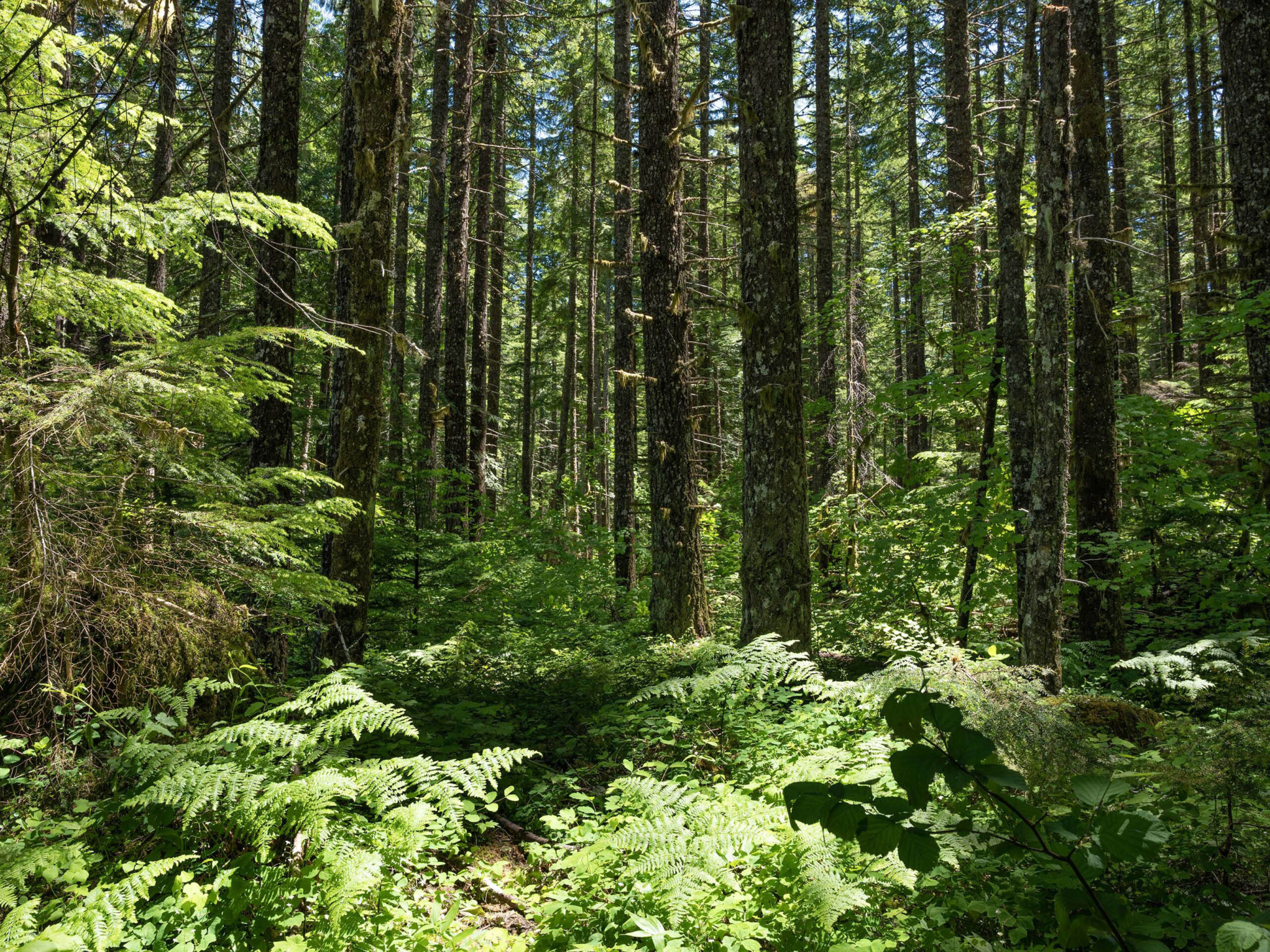
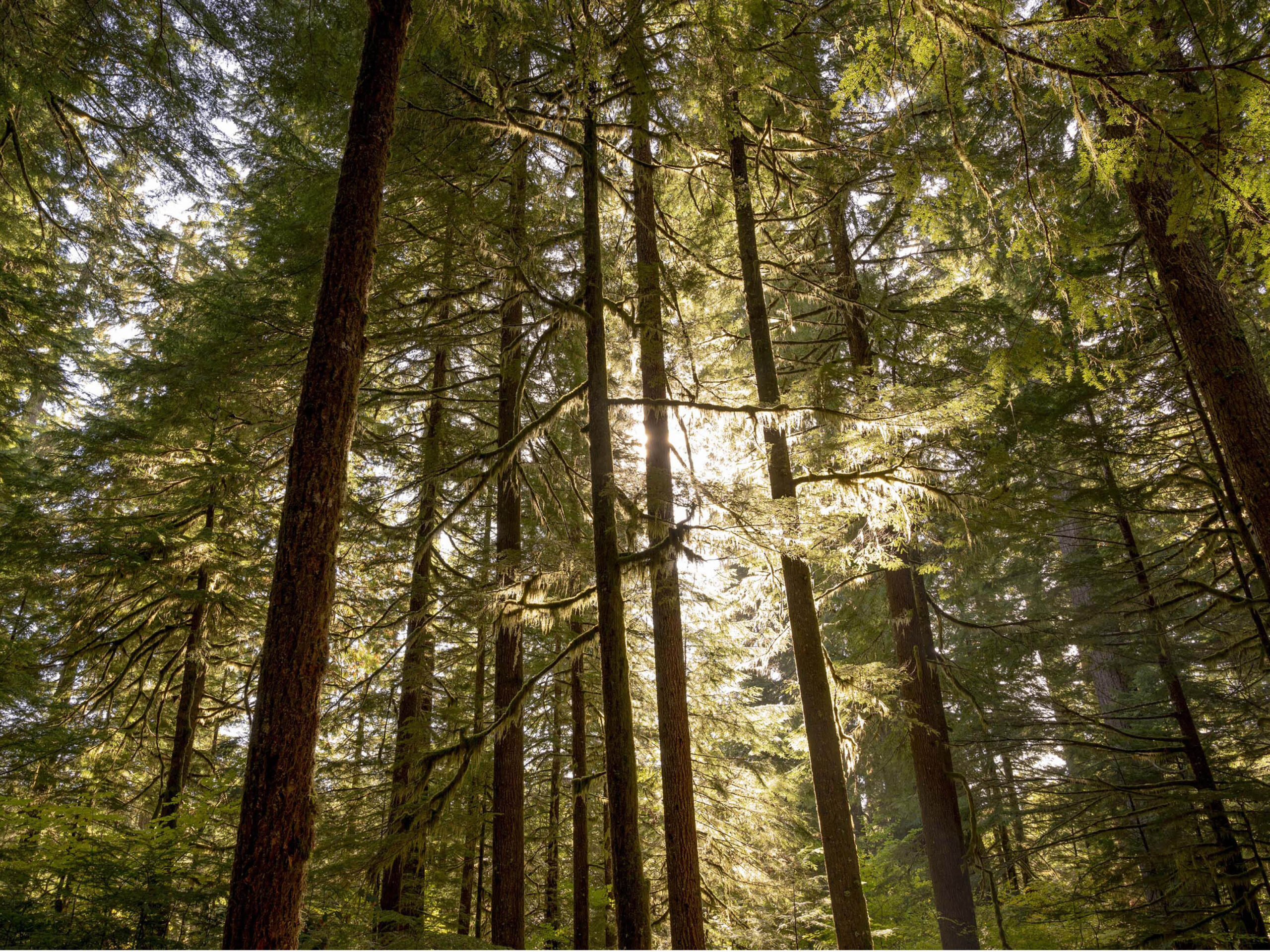
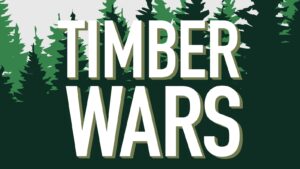
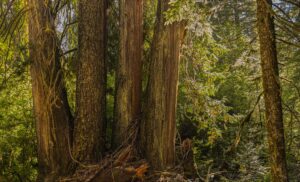
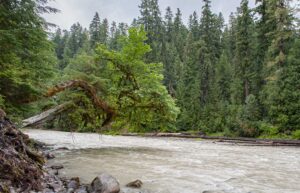 Riparian Reserves
Riparian Reserves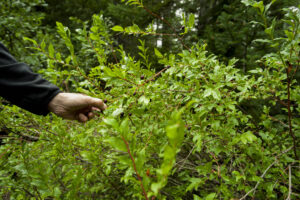 Adaptive Management Areas
Adaptive Management Areas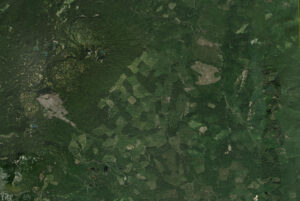 Matrix
Matrix